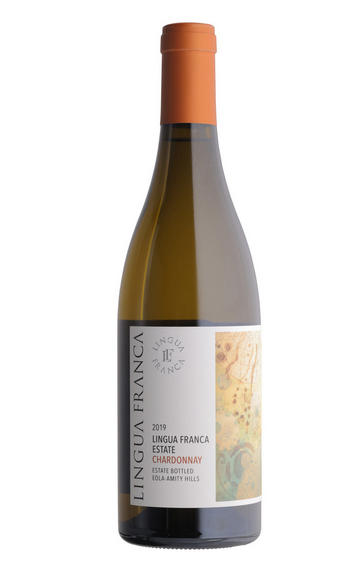
2019 Lingua Franca, Estate Chardonnay, Eola-Amity Hills, Oregon, USA
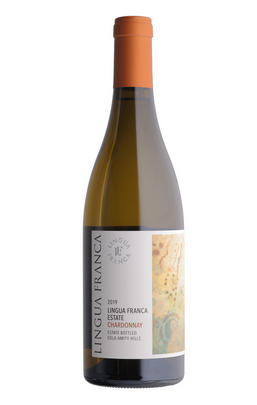
Critics reviews
The fruit was field-sorted, hand-picked, then whole-cluster pressed, settled in a tank for 24 hours on average, barrel-fermented with indigenous yeast with 40% in 600-litre puncheons and 60% in old French oak barriques from diverse coopers and left to age for 11 months. Full malolactic conversion was completed spontaneously in each barrel. The wines were combined in a tank with their lees for five months before bottling.
Very crisp acidity and crystalline structure, but the flavour seems perhaps a little more dominated by winery than vineyard? Light and crisp with a hint of pear drops. Precise rather than hugely pleasurable at this stage.
Drink 2022 - 2025
Jancis Robinson MW, JancisRobinson.com (August 2021)
The 2019 Chardonnay Estate is scented of matchstick, lemon cream, roasted almonds, pastry and red apples. The palate is fresh, focused and precise, with a particularly silky texture, alluring savoury undertones and a flourish of floral perfume on the long finish. It's wonderful right now but will benefit from another 2-3 years in bottle.
Drink 2025 - 2035
Erin Brooks, Wine Advocate (August 2023)
Lovely aromas of lemon curd, olive oil and flint. Medium-bodied. Fresh and supple on the palate. Nuanced and long. Rather charming.
Drink or hold
James Suckling, JamesSuckling.com (June 2022)
This superb Chardonnay is produced from the Estate vineyard in the Eola-Amity hills across the street from Seven Springs. 2019 produced a wine with vibrant acidity and a well-developed fruit with a lemon peel and passionfruit nose that is also informed by the full malo and long, reductive ageing in cask (20% new). The wine has an elegant balance between the freshness of the vintage and a ripe, dense fruit character that will allow it to age for years to come.
Drink 2021 - 2031
Charles Curtis MW, Decanter.com (August 2021)
From a bench site with eastern-facing exposure, the 2019 Chardonnay Estate leads with lime-citrus, white flowers, savoury tarragon, and smoky earth, while the palate is fresh with pear, peach, lime zest, and chalky fresh earth. This elegant white has a soft texture without being austere, delivering fresh acidity and citrus, and its floral profile continues on the finish with great finesse.
Drink 2022 - 2032
Audrey Frick, JebDunnuck.com (August 2022)
About this WINE
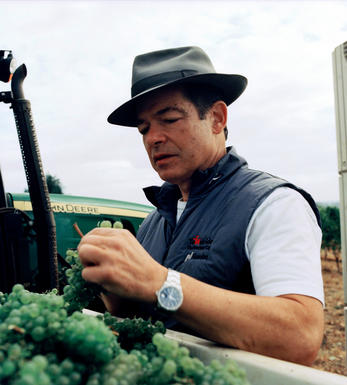
Lingua Franca
Lingua Franca in Oregon is the realisation of a life’s ambition for Master Sommelier Larry Stone. Having bought a site in the Eola-Amity Hills in 2012, Larry joined forces with David Honig and Dominique Lafon to create wines of expression and nuance.
The impressive triumvirate behind Lingua Franca enlisted Lafon’s protégé Thomas Savre as the winemaker, while Dominique supports as a consultant himself. Thomas brought his experience from several Burgundian greats and his time at Lingua Franca’s neighbour Evening Lands where was able to learn from Dominique.
The ethos at the birth of the project was about creating wines which have a sense of place and this is something for which all involved have both passion and expertise.
Larry’s vineyard is 27ha sitting among auspicious neighbours, Seven Springs and Lone Star Vineyards. This is a hillside which Larry rightly judged to have the ideal easterly exposure, catching the morning sunshine and gentle cooling breezes.
Larry has planted exclusively Dijon and heritage clones of Pinot Noir and Chardonnay. These are sourced from specific vineyards whenever possible – cuttings from Le Montrachet for example. The Chardonnay occupies the stoniest soils to bring a distinctive minerality to the wines. The Pinot is found on silty loam “Jory” and marine fossil Nekia soils.
Larry’s enthusiasm for the vineyard was the driving force behind this project so it is perhaps unsurprising that an organic and biodynamic approach is taken in its management. The attention to detail is meticulous and the regime is as much about encouraging biodiversity as it is vine health. The winery has also been built with the environment in mind, with numerous initiatives to reduce energy consumption and reuse water and CO2.
The approach to the wine making is no less scrupulous than the care of the vines themselves. The grapes are first sorted in the vineyard before a second sorting by hand in the winery. Enormous care is taken to ensure that they are kept in perfect condition and only whole grapes make it to the wine. Depending on the vintage there is a proportion of whole clusters used for the Pinot to increase complexity.
Pigéage (punching down) is conducted by foot here, a practice not often seen in wineries these days. Thomas is convinced that this more intuitive approach gives a better result than the mechanised alternative.
The range is made up of the estate wines together with some bought in fruit from single site. These are classic Oregon, always elegant and full of pure fruit but completed with notes of spice and earth which elevate them to give them a true sense of place.
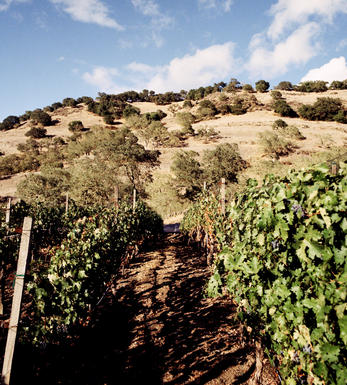
Oregon
While similarities might be drawn between Califonia and Bordeaux, Oregon is very much the American equivalent of Burgundy, with only 5,500 hectares planted in 2004. Since the 1960s a plethora of small growers have shunned the sun further south for the often damp, cool climate west of the Cascade Mountains, seeking out propitious sites to plant their beloved Pinot Noir among the 150-mile Willamette Valley AVA.
Pinot Gris has also taken hold of this corner of the Pacific Northwest; Chardonnay has been less successful due to inappropriate clonal selection. Domaine Drouhin Oregon is arguably the region's top producer, with most of the wine from this region swallowed up by the thirsty North American market.
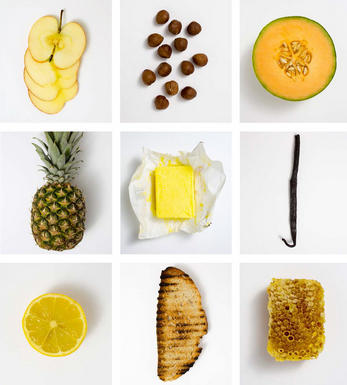
Chardonnay
Chardonnay is often seen as the king of white wine grapes and one of the most widely planted in the world It is suited to a wide variety of soils, though it excels in soils with a high limestone content as found in Champagne, Chablis, and the Côte D`Or.
Burgundy is Chardonnay's spiritual home and the best White Burgundies are dry, rich, honeyed wines with marvellous poise, elegance and balance. They are unquestionably the finest dry white wines in the world. Chardonnay plays a crucial role in the Champagne blend, providing structure and finesse, and is the sole grape in Blanc de Blancs.
It is quantitatively important in California and Australia, is widely planted in Chile and South Africa, and is the second most widely planted grape in New Zealand. In warm climates Chardonnay has a tendency to develop very high sugar levels during the final stages of ripening and this can occur at the expense of acidity. Late picking is a common problem and can result in blowsy and flabby wines that lack structure and definition.
Recently in the New World, we have seen a move towards more elegant, better- balanced and less oak-driven Chardonnays, and this is to be welcomed.


Buying options
Add to wishlist
Description
The 2019 Estate Chardonnay from Lingua Franca has a fine, elegant nose of lemon citrus and yellow apple with a very light hint of toast. Gosh, the palate is so lovely. It is so complex yet precise at the same time, so multi-layered with savoury notes of almonds. There is a beautiful textural richness to this which mingles seamlessly with a fine, mineral precision and a focused line of freshness running through its core. Delicious.
Drink 2022 - 2032
Catriona Felstead MW, Senior Buyer, Berry Bros. & Rudd
wine at a glance
Delivery and quality guarantee